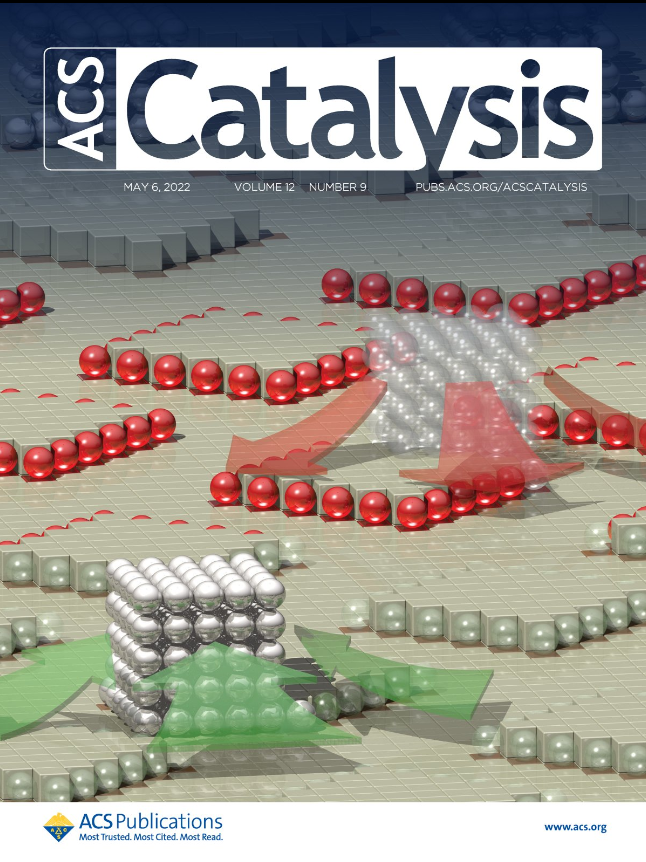
Single-atom catalysts represent an essential and ever-growing family of heterogeneous catalysts. Recent studies indicate that besides the valuable catalytic properties provided by single-atom active sites, the presence of single-atom sites on the catalyst substrates may significantly influence the population of supported metal nanoparticles coexisting with metal single atoms. Treatment of ceria-based single-atom catalysts in oxidizing or reducing atmospheres was proven to provide a precise experimental control of the size of supported Pt nanoparticles and, correspondingly, a control of catalyst activity and stability. Based on dedicated surface science experiments, ab initio calculations, and kinetic Monte Carlo simulations, we demonstrate that the morphology of Pt nanoparticle population on ceria surface is a result of a competition for Pt atoms between Pt single-atom sites and Pt nanoparticles. In an oxidizing atmosphere, Pt single-atom sites provide strong bonding to single Pt atoms and Pt nanoparticles shrink. In reducing atmosphere, Pt single-atom sites are depopulated and Pt nanoparticles grow. We formulate a generic model of Pt redispersion and coarsening on ceria substrates. Our model provides a unified atomic-level explanation for a variety of metal nanoparticle dynamic processes observed in single-atom catalysts under stationary or alternating oxidizing/reducing atmospheres and allows us to classify the conditions under which nanoparticle ensembles on single-atom catalyst substrates can be stabilized against Ostwald ripening.
https://pubs.acs.org/doi/pdf/10.1021/acscatal.2c00291
https://www.mff.cuni.cz/cs/verejnost/aktuality/tajny-zivot-jednoatomovych-katalyzatoru
© 2021 Matematicko-fyzikální fakulta Univerzity Karlovy.
Všechna práva vyhrazena. | Cookies